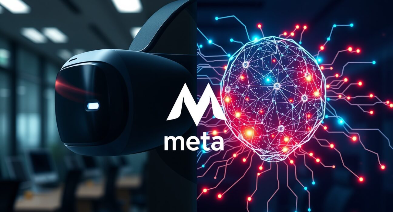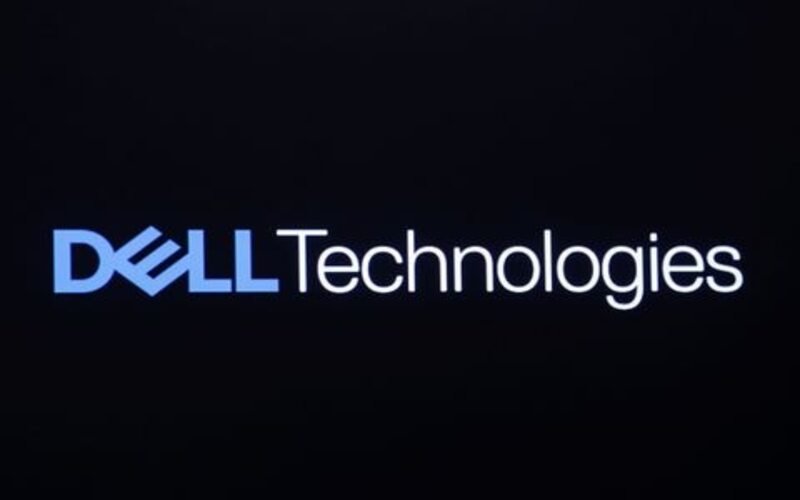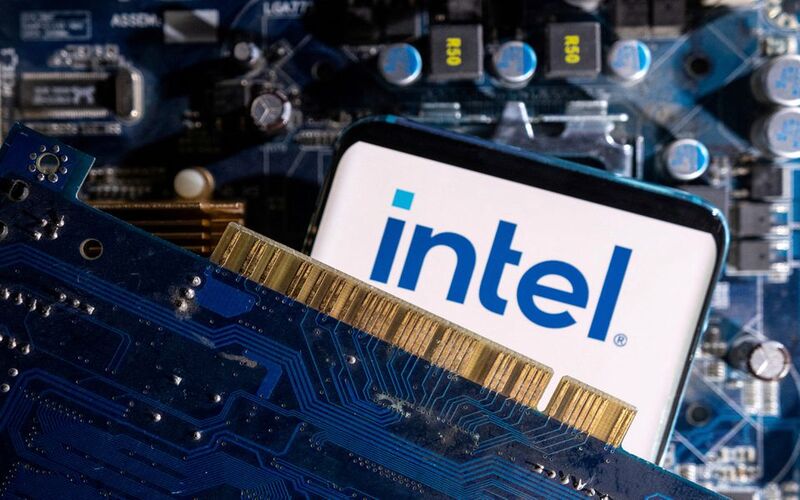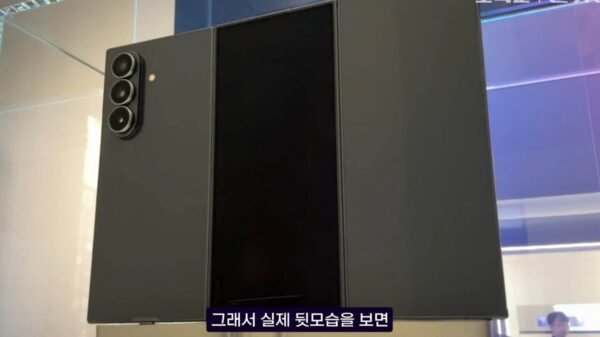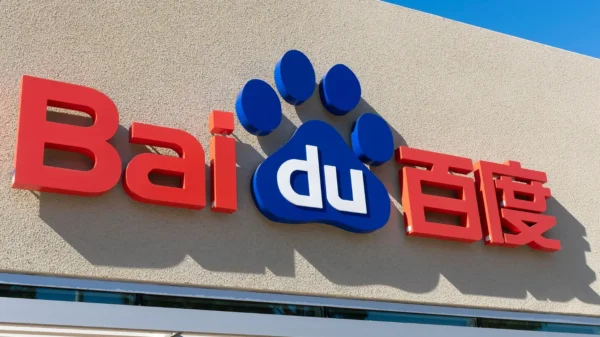Intel, the leading semiconductor manufacturer, has provided a positive outlook for the third quarter of 2023, forecasting a profit above market estimates. This article provides an overview of Intel’s earnings forecast, the factors contributing to its expected performance, and the potential implications for the semiconductor industry and investors.
Earnings Forecast and Market Expectations
Intel’s forecast of a profit above market estimates for the third quarter indicates the company’s confidence in its financial performance. It suggests that the company anticipates strong earnings despite potential challenges in the semiconductor industry.
Factors Driving Expected Performance
Several factors may be contributing to Intel’s optimistic outlook for the third quarter:
- Increased Demand: Growing demand for semiconductors in various industries, including technology, automotive, and data centers, could bolster Intel’s sales.
- Product Innovation: Intel’s introduction of new and improved semiconductor products may drive customer interest and generate higher revenues.
- Supply Chain Management: Effective supply chain management may have enabled Intel to navigate industry-wide supply constraints and meet market demand.
- Strategic Investments: Intel’s strategic investments and initiatives might position the company for growth and competitive advantage.
Implications for the Semiconductor Industry and Investors
Intel’s positive forecast has implications for both the semiconductor industry and investors:
- Industry Confidence: Intel’s optimistic outlook may boost confidence in the semiconductor industry, signaling potential growth opportunities for other companies.
- Investor Sentiment: The favorable forecast could enhance investor sentiment towards Intel’s stock and the broader semiconductor market.
- Competitive Landscape: Intel’s performance may impact its competitive positioning against other semiconductor manufacturers, driving potential shifts in market dynamics.
Challenges and Cautionary Notes
While Intel’s forecast is positive, the semiconductor industry faces several challenges:
- Global Chip Shortage: The global chip shortage may continue impacting production capacities and supply chains.
- Macro-Economic Factors: Macroeconomic conditions, geopolitical tensions, and other external factors could influence semiconductor demand and pricing.
Conclusion
In conclusion, Intel’s forecast of a third-quarter profit above market estimates demonstrates the company’s optimism and resilience in the semiconductor industry. Increased demand, product innovation, and effective supply chain management likely contribute to its expected performance. The implications of Intel’s positive outlook extend to the semiconductor industry and investor sentiment. However, challenges such as the global chip shortage and macroeconomic conditions warrant caution. Intel’s performance will be closely watched as it navigates opportunities and challenges in the dynamic semiconductor market.

